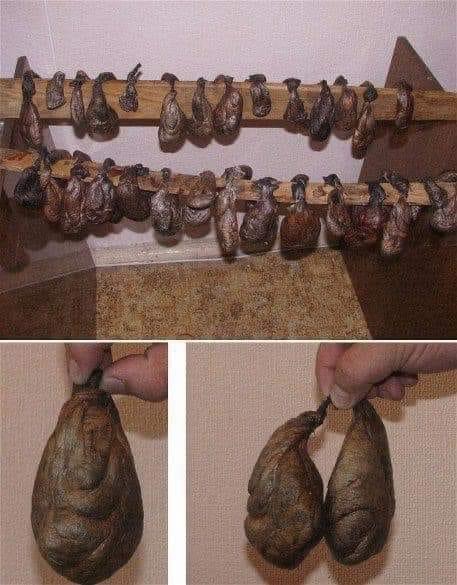What is Castoreum?
Castoreum is a natural substance that can flavor foods like vanilla and strawberry. It’s not made in a lab, nor is it a plant. Instead, it is an excretion from the anal glands of beavers. People have used castoreum for centuries in various products, including medicines and soaps.
Why You Might Not See It on Labels
When you look at food labels, you won’t see “castoreum” listed as an ingredient. It’s usually hidden under the term “natural flavorings.” This can make it hard to know if you are consuming it. However, there is no need to worry. The Food and Drug Administration (FDA) has deemed castoreum safe for consumption. There have been no reports of adverse reactions from humans after using it.
Why It’s Rarely Used
Despite its safety, many companies choose not to use castoreum. One reason is that it can prevent products from being certified kosher. Another reason is the cost. Collecting castoreum is expensive because it requires beavers, and you cannot farm them in large numbers like you can with plants. According to flavor chemist Gary Reineccius, you need a lot of material in the flavor industry, making castoreum impractical.
Limited Use in Niche Products
Because of the high cost, castoreum is not popular with most food companies. However, it is sometimes used in niche products like bäversnaps, a Swedish liquor. In such cases, the use of castoreum is often advertised as a unique selling point. To get castoreum, beavers are trapped and killed, and their castor glands are removed, dried, and ground up. Alcohol is then used to extract the castoreum, much like how vanilla extract is made.

Medicinal Uses
Historically, castoreum has been a versatile remedy. People used it to treat stomach issues, fevers, and mental illnesses. It was also added to soaps and lotions and even cigarettes to enhance their sweet smell. Castoreum contains salicylic acid, the same pain-killing ingredient found in aspirin.
History of Castoreum
The use of castoreum became known during the fur trade era, almost leading to the extinction of beavers in North America and Eurasia. By the 16th century in Europe and the 19th century in North America, the beaver population was critically low.
How Beavers Use Castoreum
For beavers, castoreum is very useful. They use it to mark their territories, and the males usually handle this task. Beavers also use it to recognize their family members, as each beaver’s scent is unique. Additionally, castoreum helps make their tails and fur more water-resistant.
Your Vanilla Ice Cream is Safe
The sweet-smelling vanilla aroma of castoreum comes from the beavers’ diet of leaves, bark, and other plant materials. But you don’t need to worry about finding castoreum in your vanilla ice cream or strawberry-flavored foods. According to Reineccius, food companies prefer to use other substances to create these flavors, as it’s easier and cheaper to make basic strawberry and vanilla flavors with a few compounds.


